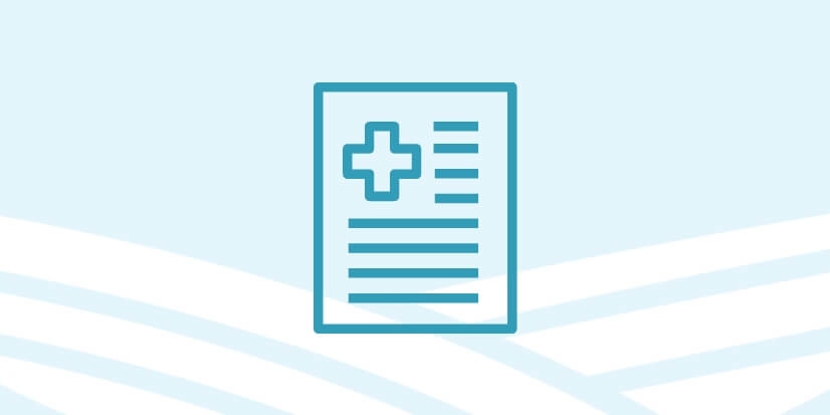What’s your sugar level... right now?
- Category: Blogs
- Posted On:

Continuous glucose monitors (CGMs) have revolutionized diabetes care.
The compact medical system allows patients to better manage their condition by monitoring blood glucose levels in real time. The device alerts the user when glucose levels are too high or too low, providing valuable insight about glucose patterns and trends.
Traditional finger prick glucose meters provide a single sugar reading at a time. The CGM system tracks glucose levels continuously, taking readings every one to five minutes. This allows the user to see the effects that food and exercise have on sugar levels at any given time.
CGMs work through a sensor that is placed onto the abdomen or upper arm. The sensor has a small wire catheter that is inserted under the skin. A small transmitter connected to the sensor sends readings wirelessly to a receiver that displays glucose data. Some systems come with a handheld receiver, while others display the information via a smartphone app.
Many adults and children with type 1 and type 2 diabetes can benefit from using a CGM, according to the American Diabetes Association. It is most helpful to people who have trouble reaching and maintaining target blood sugar.
However, even people who manage their diabetes well can benefit from a CGM for its convenience and the elimination of finger pricks. With a CGM, glucose readings can be shared with healthcare providers, family members, and caregivers.
A CGM can assist with developing a customized diabetes management plan. It can help determine how much insulin to take, the correct types and doses of medications needed, and the development of a proper exercise routine and eating plan.
According to the National Institute of Diabetes and Digestive and Kidney Diseases, a finger-stick test is still needed to check the accuracy of a CGM against a standard blood glucose meter.
CGMs are FDA-approved for adults and children with a prescription from a healthcare provider.



